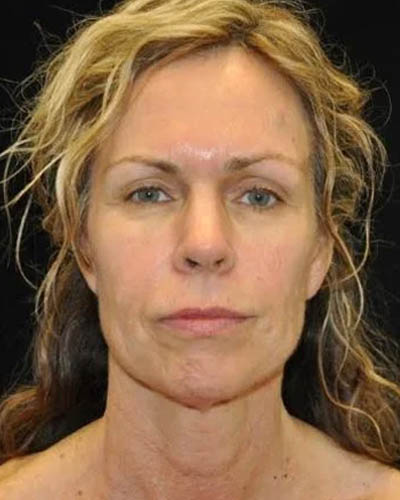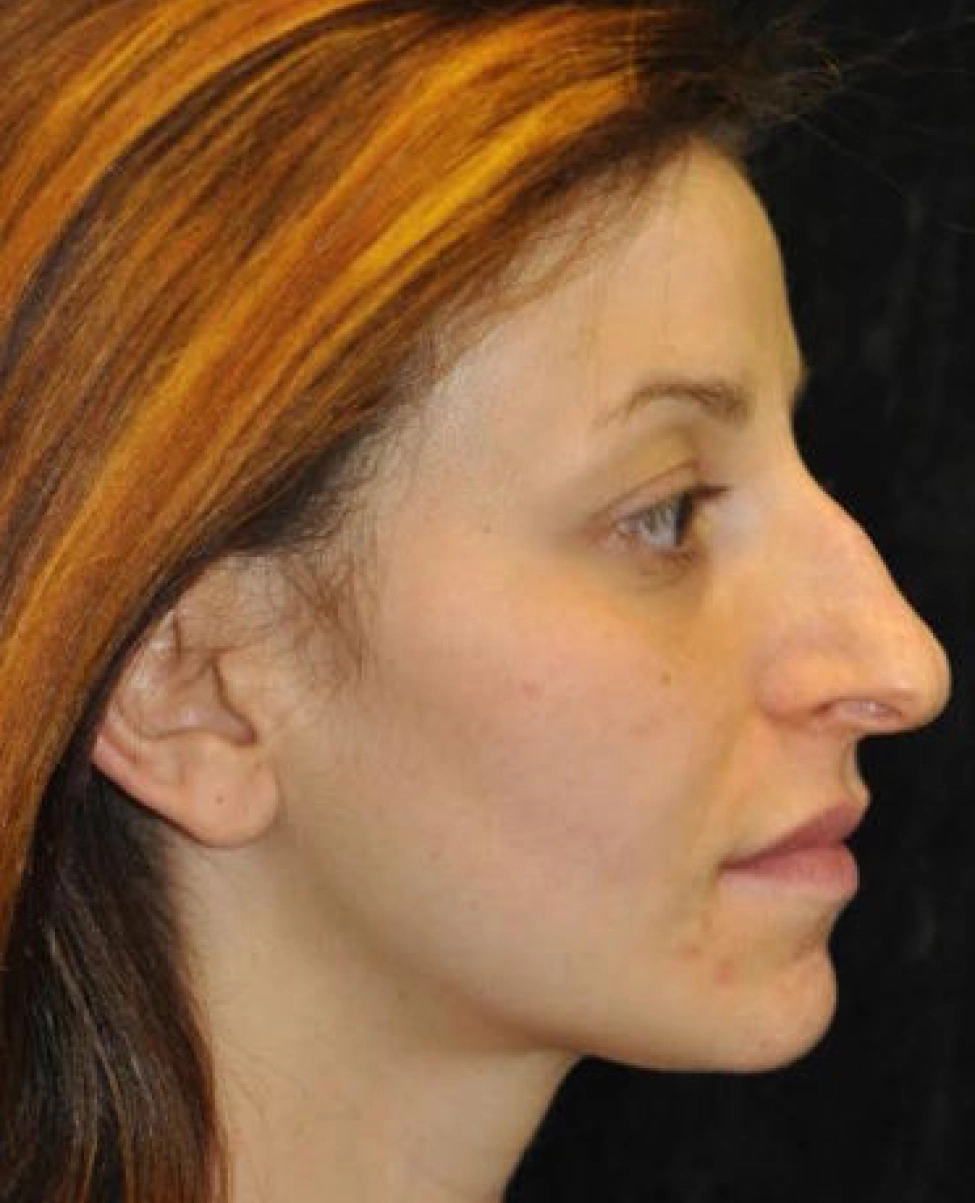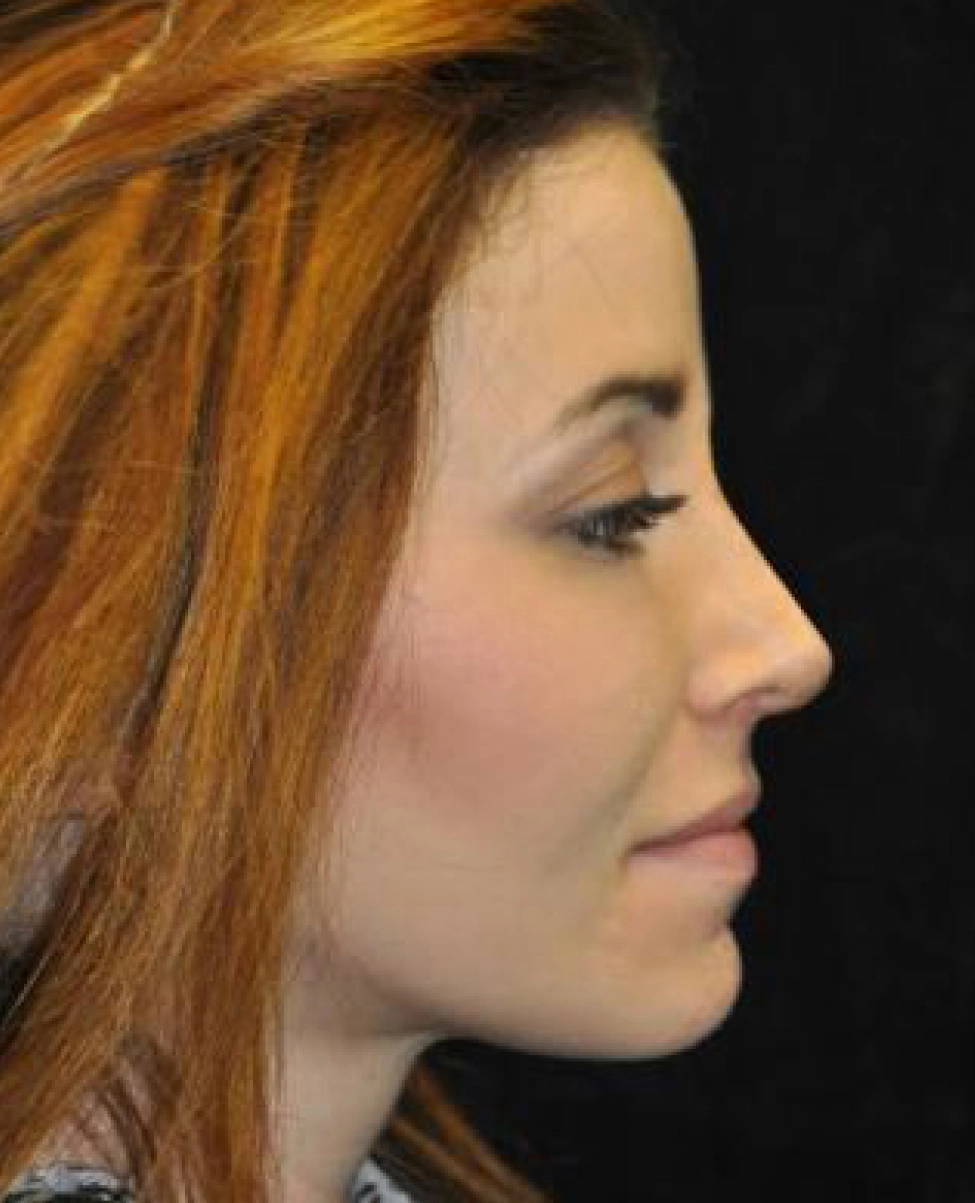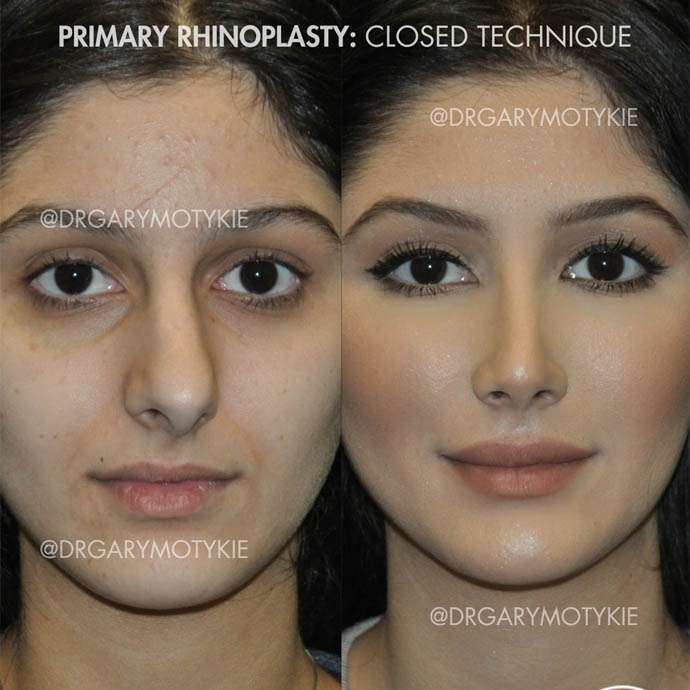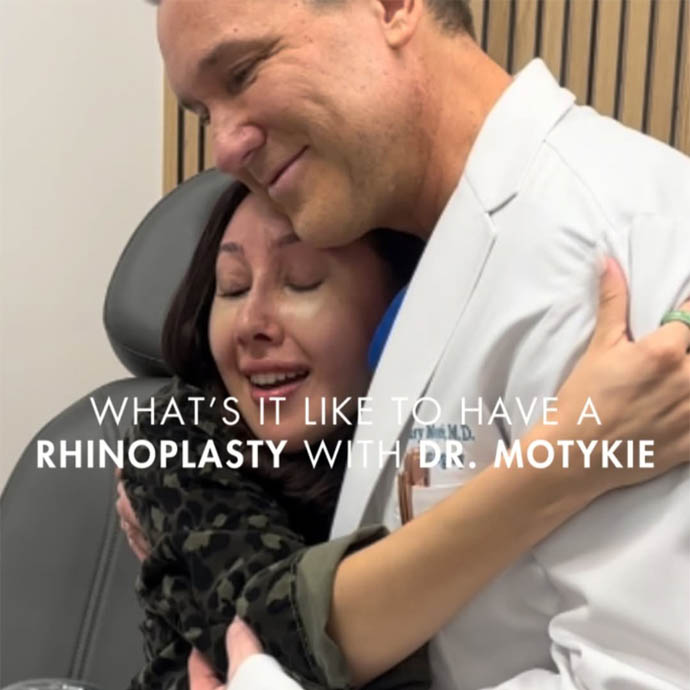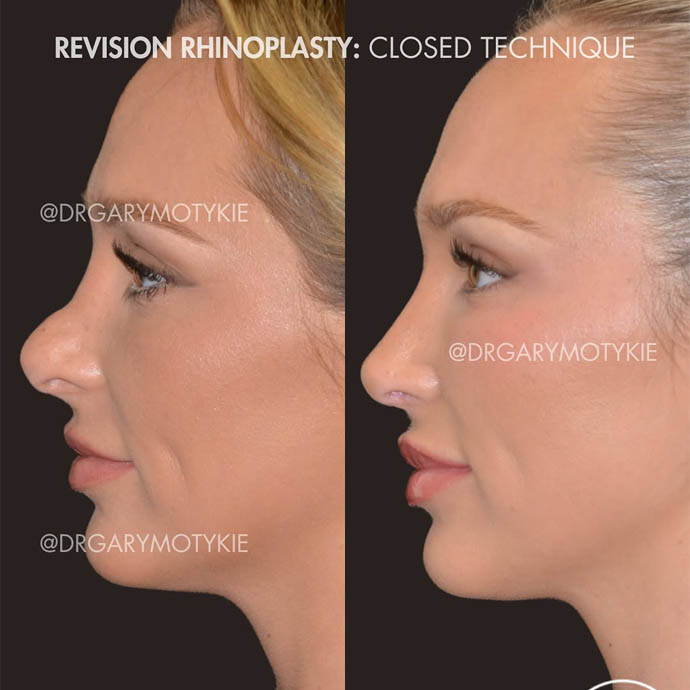- Face
- Breast
- Body
- Motykie Med Spa
- Injectables
- Skin
- Celluma Led Light Therapy
- Chemical Peels
- Hydrafacial
- IPL Photofacial
- Laser Hair Removal
- Laser Skin Resurfacing (Laser Genesis)
- Medical Grade Facials
- Morpheus8
- Microneedling
- PRFM / PRP (EZ Gel)
- RF BTL Exilis
- Spider Veins & Vascular Leisons+ (ExcelV)
- Sun & Brown Spot Removal
- Stem Cell Facelift
- Thread Lifts
- Anti-Aging
- Hair
- About
- Surgery Suite
- Locations
- Gallery
- Resources
- Media
- Consultation
The “thut” is being touted as the newest body problem. Do you have one? And, how do you get rid of it? Watch the Video Now with Dr. Motykie on The Doctors
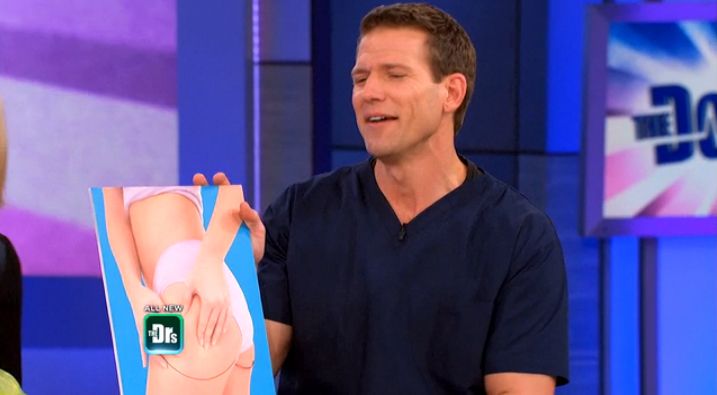
The ‘thut’ is a unique term coined to describe the loss of definition in the hip area. Many experts blame the sedentary lifestyles, which contribute to a growing number of people losing the definition between their thighs and buttocks. In specific terms, the ‘thut’ is said to occur when the muscles on the back of a woman’s legs are under-developed, which results in the buttock and thigh to appear a single anatomical unit.
As an experienced plastic surgeon, Dr. Gary Motykie tells patients that it is possible to improve this condition with appropriately monitored fitness training and exercise programs. Dr. Motykie suggests that patients should avoid body contouring surgery or liposuction procedure to get rid of the ‘thut’ condition. The condition is not an issue of the physical anatomy, which could be corrected with surgery. But it is a condition caused by a lack of targeted muscle tone.
Muscle Laxity in the Butt
Dr. Motykie says that concerns of excess fat and loose skin in the buttocks are different from the issue of the thut. If the buttocks are lifted, and the hamstrings are well developed, there will be definition in the overall hip area. Muscular origins of the thut are a part of the postural support group that helps determine walking, standing and lifting movements. The laxity of muscles in this group, or lack of muscular development may be attributed in large part to a sedentary lifestyle.
The gradual shifts in working culture over the years have led to a situation where a majority of working people perform their jobs while seated in a desk chair for most part of the day rather than working in physically laborious occupations. To counter this kind of work life, it is important for a person to exercise regularly. Muscle laxity can cause a situation where the butt appears to drop down into the leg, and causes a loss of lift.
Not a Genetic Condition
Dr. Motykie says that the thut is not hereditary. It is essentially a product of definition and muscle tone. If the problem was genetically linked, it may have been much more difficult to correct the shape of muscles. However, the thut is largely a problem of muscle tone and active use. Therefore, the problem is entirely treatable if the individual focuses on targeted and appropriate physical exercises and activities.
Awareness about the Thut
The thut has been widely recognized among fitness experts over the last few years. Especially since 2011, the condition has been commonly discussed among fitness enthusiasts and experts alike. The first mention of the word ‘thut’ in the Urban Dictionary came way back in 2007. However, many people are still unclear about what the term means, and how the condition can be corrected.
The precise exercises and activities that can improve the thut condition are also not widely known. Some of the leading fitness experts suggest that an individual should focus on ‘squats and lifting’ as a practical solution to the thut. Some other experts say that any floor exercise that involves placing the legs behind the body, with the practitioner raising them in gravity can help.
To see more services and treatments provided by Plastic Surgeon, Dr. Motykie in Beverly Hills | Los Angeles and his team please visit:


